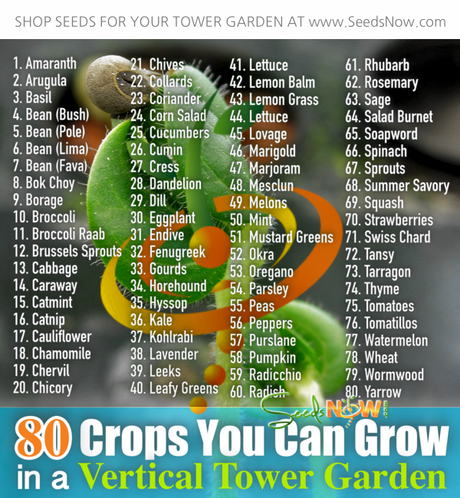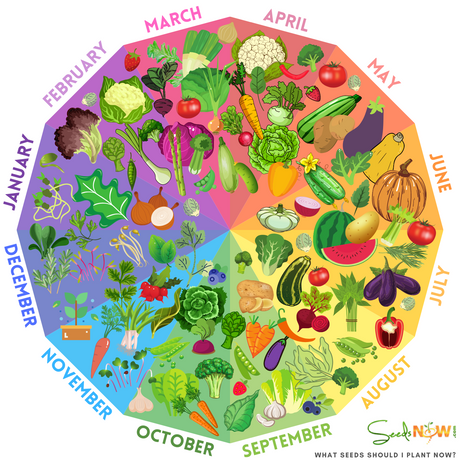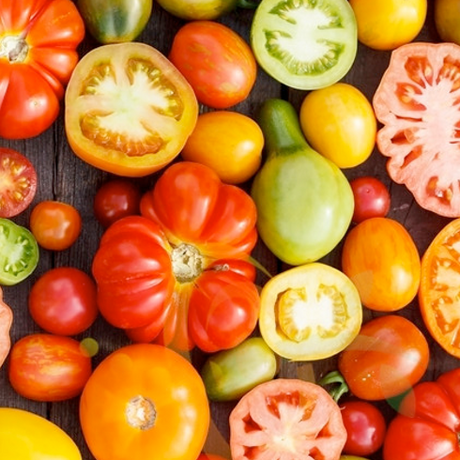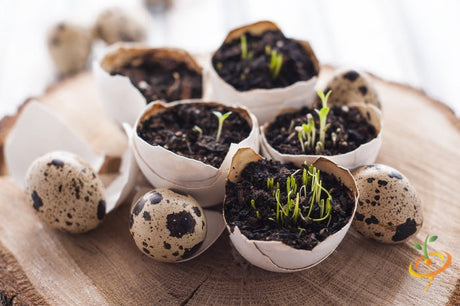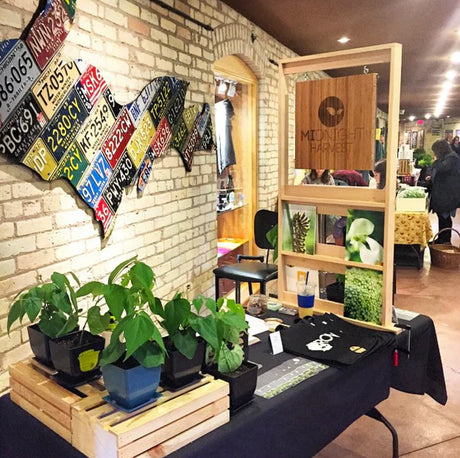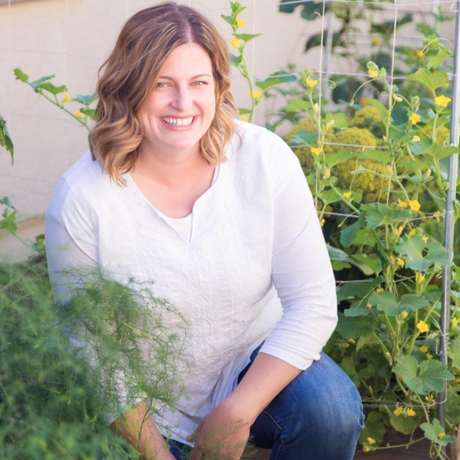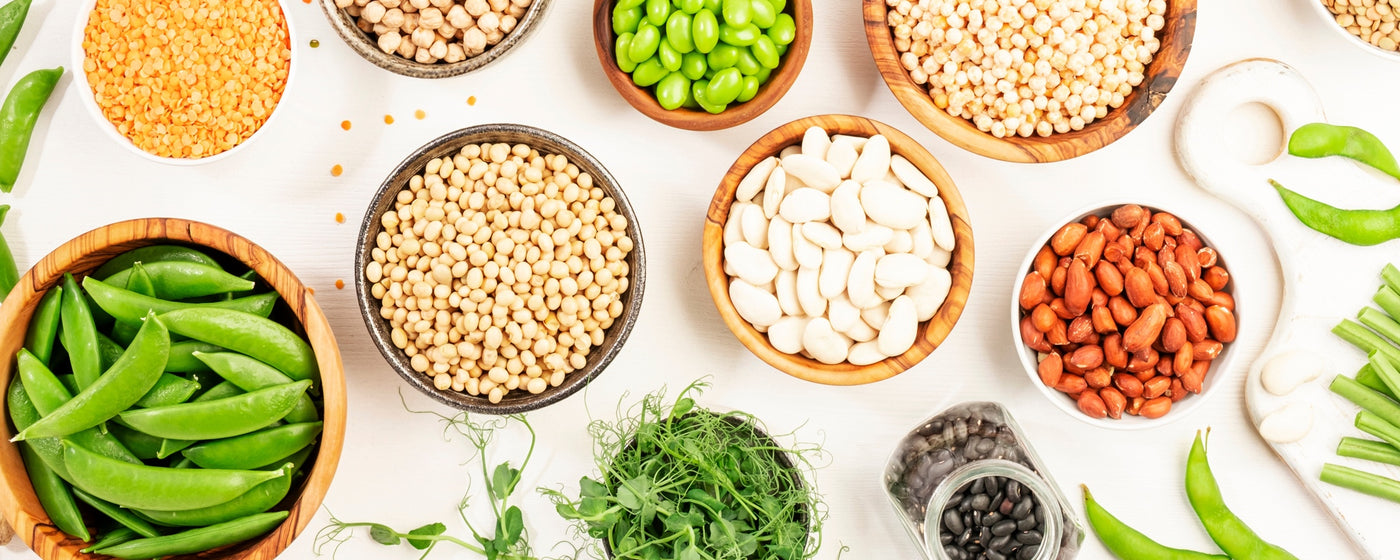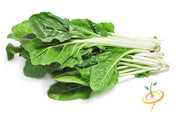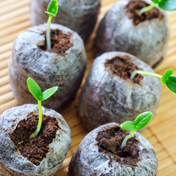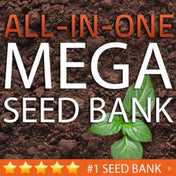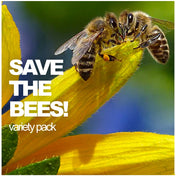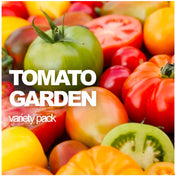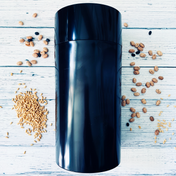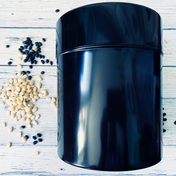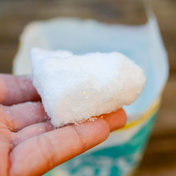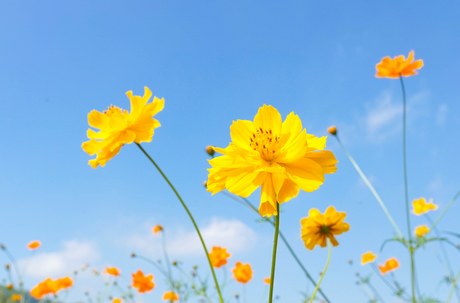
Over time, particularly in the 19th century, a number of compounds were developed or discovered naturally occurring in plants and animals that served to kill insects, fungi, and other living things. Though there was some awareness of the toxicity of these compounds to humans (many of the substances used were based on arsenic and other poisons), they still seemed like a godsend and were widely used in agriculture.
In the 20th century, more sophisticated understanding of chemistry and biology (together with a huge research push, including the effort to make poisonous gases for use in World War I and World War II) led to the development of much more potent chemicals, including the first herbicides, or compounds that kill plants. As with the simpler chemicals that came before them, these new compounds – now known collectively as “pesticides” – were eagerly embraced by farmers and gardeners. In addition to better controlling insects and diseases, they offered the promise of simplifying weed management, which is some of the most difficult work of growing food. Together with the breeding of new crop varieties and the widespread use of so-called “synthetic” fertilizers (which are made through the petroleum-based capture of nitrogen from the atmosphere and the extraction of other nutrients through mining of the earth’s crust), pesticides led to the “Green Revolution” of the latter half of the 20th century, a time of dramatically increased global food production. This huge increase in food production has helped to feed a global population went from under two billion in the year 1900 to more than six billion in the year 2000.
As time has passed, however, pesticides and synthetic fertilizers have been shown to have a number of unintended consequences. Pesticides can (and, it has been shown, often do) kill or harm organisms other than the target pest, and may remain on our food and in the environment for many years before being broken down into harmless chemicals. Many insects, plants, and other organisms have also become resistant to widely used pesticides, resulting in a never-ending arms race between pests and pesticide manufacturers. Both pesticides and fertilizers can end up in ground water and surface water, killing fish, causing algal blooms, and otherwise damaging important habitat. Synthetic fertilizers have also encouraged a simplistic concept of soil fertility – the idea that plants need only be provided with nitrogen, phosphorus, and potassium -- at the expense of long-term soil health.
For these and other reasons, large numbers of farmers, food processing companies, and consumers have moved and are moving toward a model of agricultural production known as “organic.” The term “organic” has both informal and formal meanings. To many food consumers today, it refers to something more-or-less vaguely “natural” (grown without pesticides, for example) that’s somehow better (or less bad) for the environment and your health than something that isn’t organic.
The formal definition of “organic” does have a lot in common with this idea, but there’s more to it than simply the absence of synthetic pesticides. To organic farmers, food processing companies, scientists, and government regulators, the term “organic” refers specifically to food production that follows the rules of the United States Department of Agriculture’s National Organic Program, or NOP. NOP provides very specific guidelines about both chemicals and practices that are allowed in the production and processing of foods that end up being certified as organic by the USDA and other certifying agencies. It’s worth noting that the NOP does allow the use of some substances – including pesticides – that are toxic to humans and/or other organisms, but which are believed to be less harmful to human health and the environment than analogous chemicals used in socalled “conventional” agriculture. One example of such a substance is pyrethrin- based insecticides, which are derived from flowers (especially chrysanthemums). While pyrethrins are toxic to humans, they break down quickly in the environment into harmless compounds.
Other formal aspects of “organicness” have to do with the use of food additives and preservatives, for example, and with how animals are treated, rather than with what chemicals are used in food production. To determine whether or not a particular compound or practice is or is not considered organic under the NOP, check the NOP web page (http://www.ams.usda.gov/AMSv1.0/NOP). In particular, you may want to look at what’s called the National List of Allowed and Prohibited Substances, which tells you what synthetic substances you may and may not use in an organic farm, garden, or food processing setting.
It is perhaps worth noting that some farmers, food consumers, and others do not like the NOP very much – they feel it does not go far enough in specifying an environmentally and socially responsible set of practices for agriculture and the food industry (the NOP says little, for example, about how agricultural workers should be housed, paid, or otherwise treated, such that they can still be exploited in organic food production and processing just as they have long been in the conventional system). However, the NOP is an evolving program and it may in the future tighten regulations about what is permitted in the production of “organic” foods. For now, the NOP represents a substantial step away from the mainstream food system of the last 50 or so years.
← GO BACK TO GROW GUIDES

